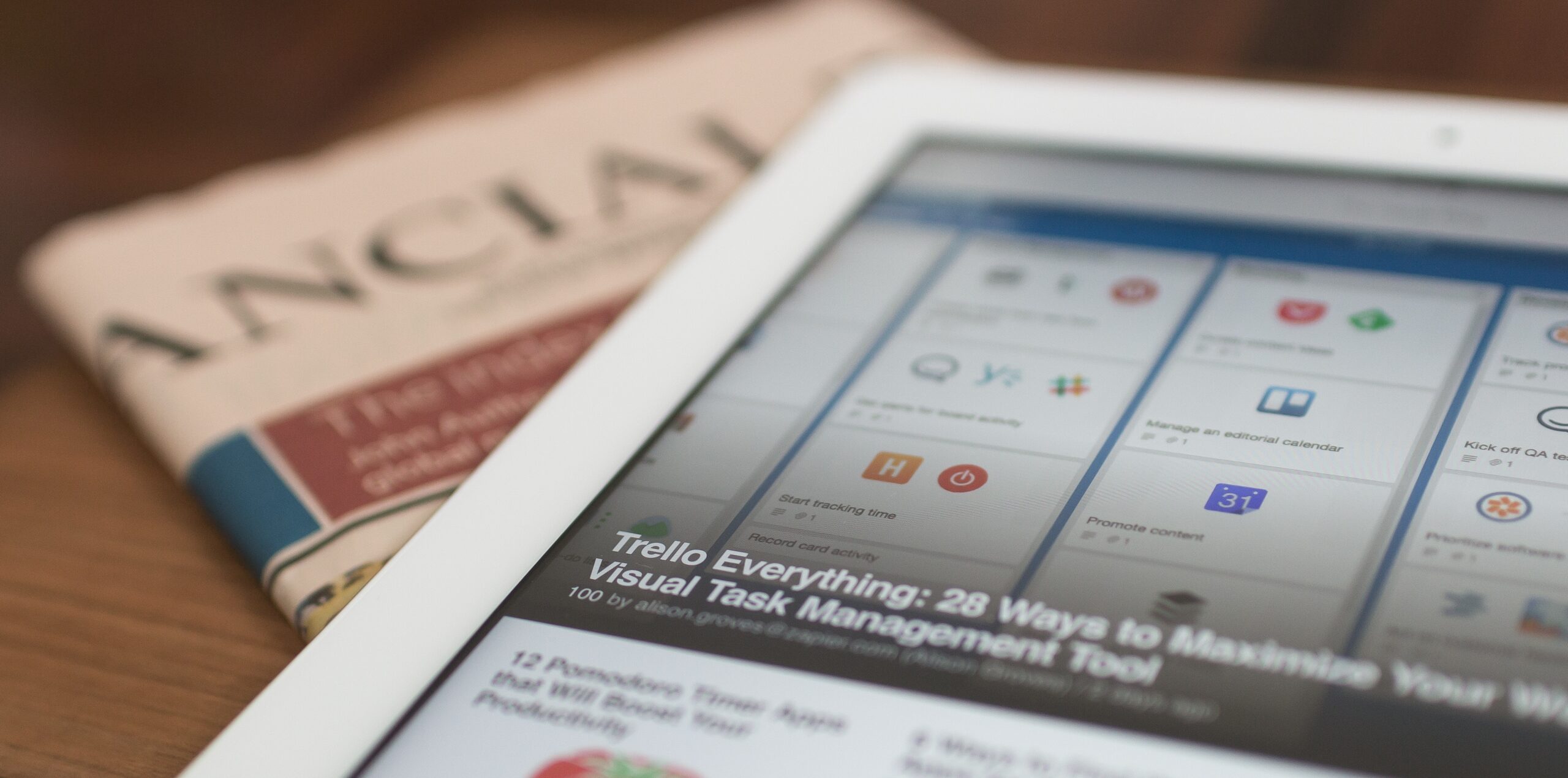Another form of Rhetoric? Possibly. Intertextuality is a concept in theory that refers to the “interconnectedness” of texts. This complex theory is a fundamental aspect of literary analysis. This concept plays a significant role in digital rhetoric. Digital media often relies on the remixing and repurposing of existing texts and cultural references. Additionally, the ability to hyperlink, embed, and reference other texts and media allows digital rhetors to engage. We can also see this concept in three forms: allusion, parody, and quotation. Allusion, we can see as A subtle or indirect reference to another text, historical period or religious belief. On the other hand, parody, can be defined as an imitation of another text for satirical purpose; usually to mock. Lastly, for quotation, a direct reference to another text with an acknowledgement of its composer. According to Matrix Education.
Eymans considers this as something that can be seen as a resource. Or is it another form of rhetoric? It may possibly be something that fills in the gaps between traditional and digital rhetoric. It is important to consider multiple factors which is why this concept is so broad. Leading to many different conclusions drawn by many literary theorists. “The probable roles of Web users as readers when they interpret and are influenced by the texts they encounter.” as Eyman states. The main conclusion on how to place intertextuality in digital rhetoric, seems to be that understanding texts that use intertextuality as a rhetorical effect. In other words, when a text implicitly or explicitly refers to another text, by using distinctive, common or recognizable elements of the referenced text. An implicit reference is when the composer alludes to another text through ideas, symbols, genre or style.





Leave a Reply